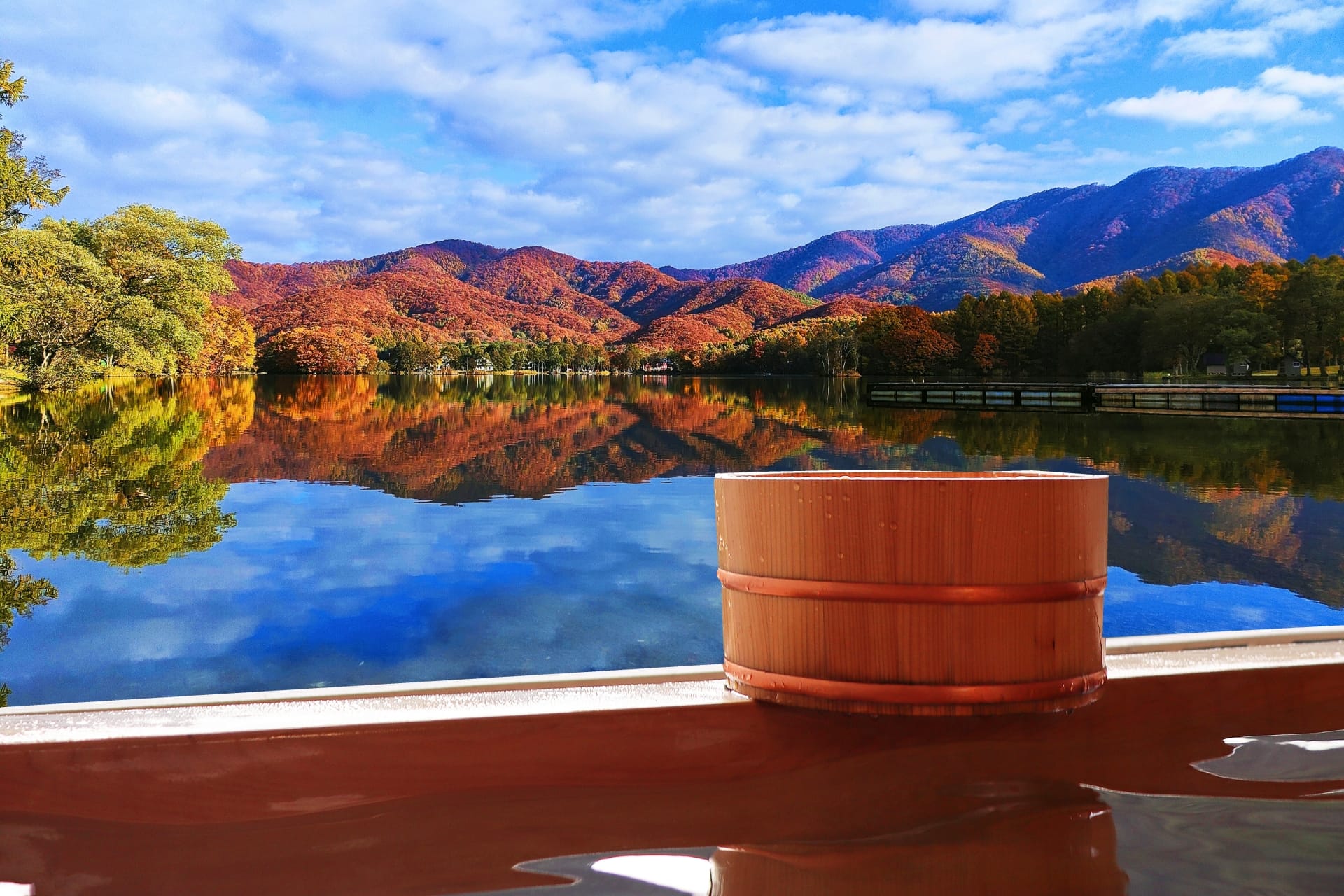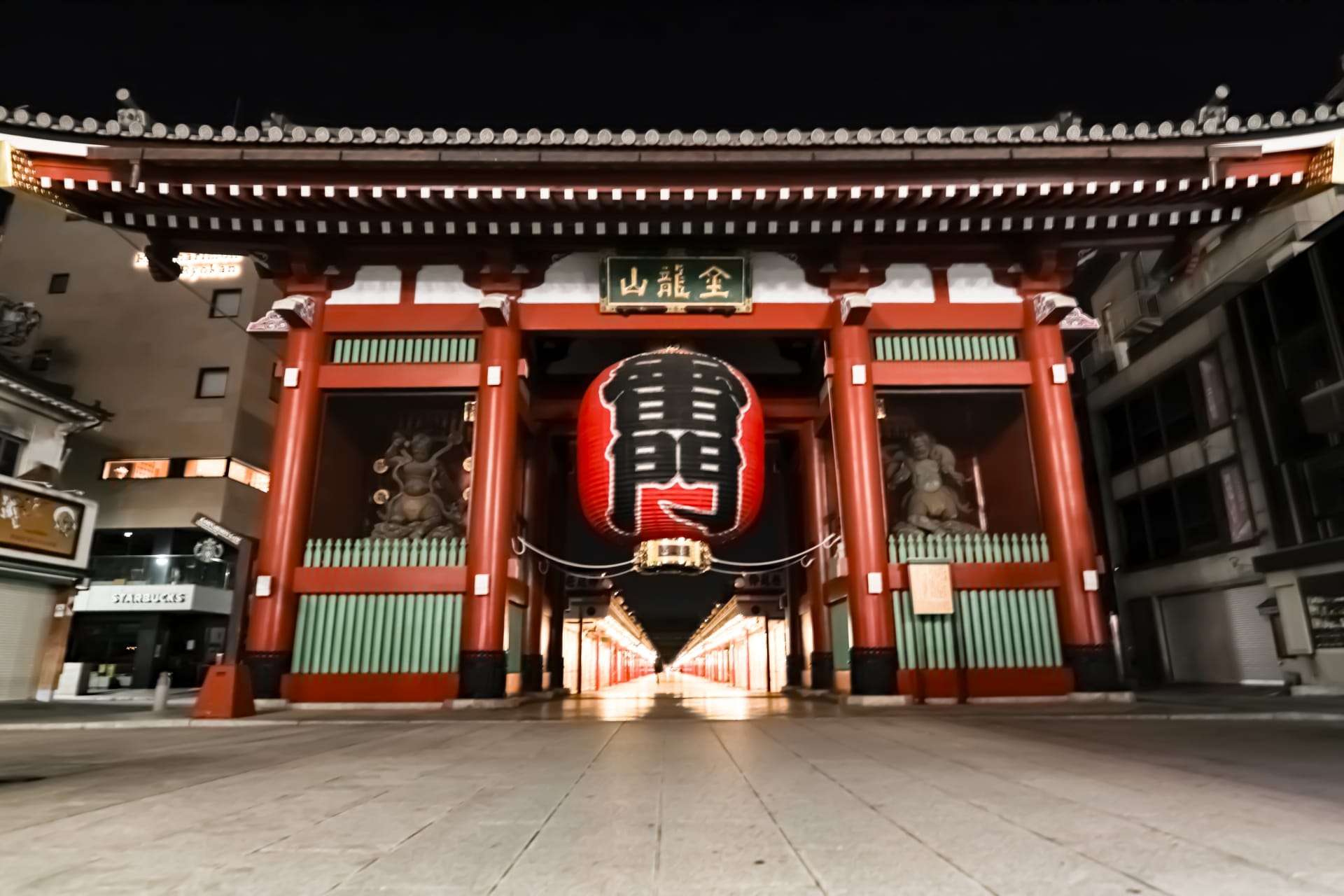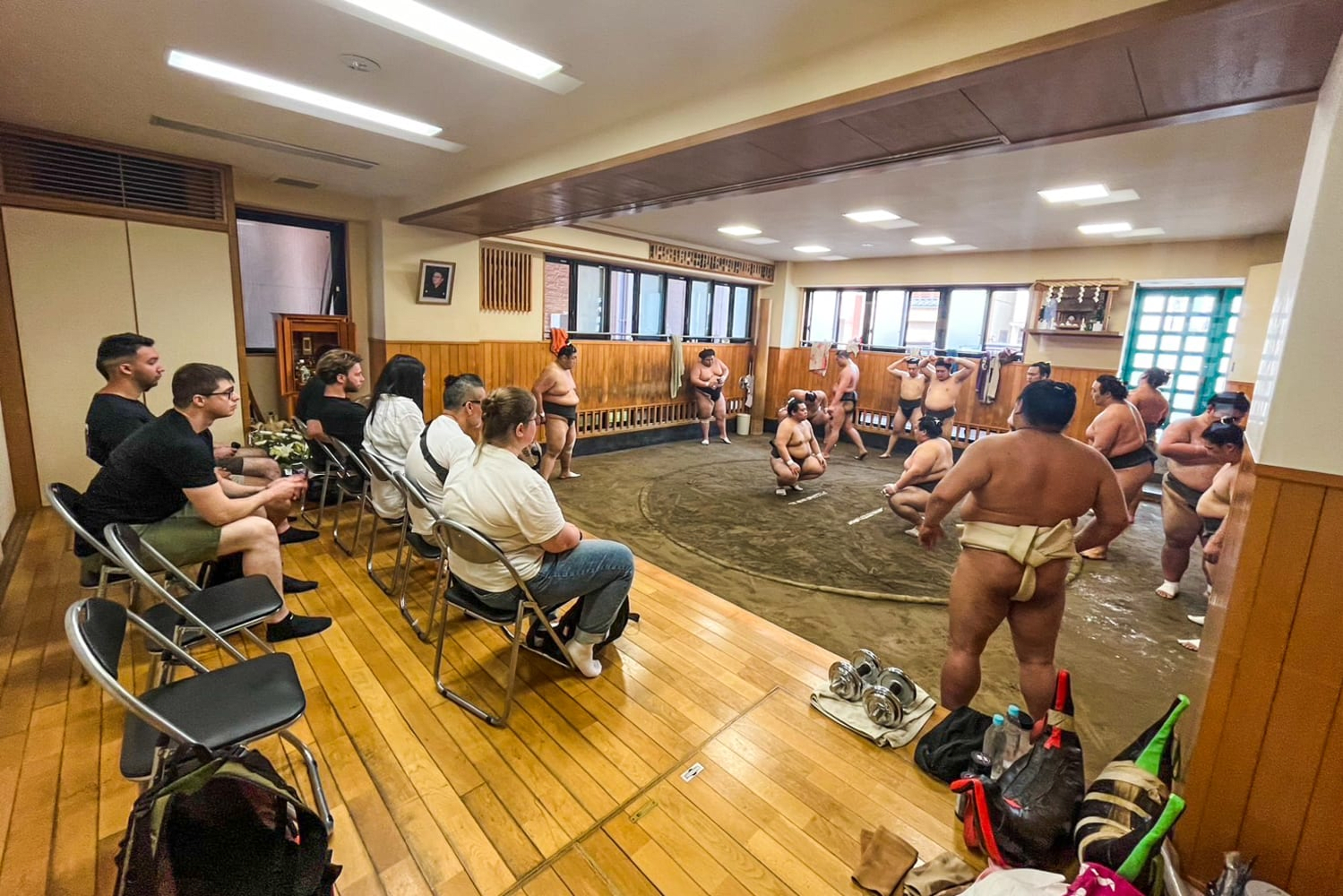Sento and Onsen: The Complete Guide to Japanese Bathhouse and Hot Spring Culture
Have you heard of Japanese "sento" and "onsen"? These bathing facilities play essential roles in both daily life and tourism in Japan.
I started going to sento when I was in elementary school. I still remember the atmosphere of the steam-filled space and the comforting feeling of soaking in the hot bath. Since then, visiting sento has become part of my life.
For visitors from abroad, sento and onsen culture might be a bit difficult to understand. You might feel anxious about bathing with others, learning the bathing procedures, or dealing with tattoo rules.
However, once you experience it, you'll understand its charm. You can relax and heal from travel fatigue while soaking in the bath, and depending on the season, you can enjoy viewing the sky from an open-air bath - experiences unique to Japan.
In this article, I'll introduce everything from basic information about Japanese sento and onsen culture to how to enjoy them.
What might seem like complex customs and manners at first can actually become a great opportunity to understand Japanese culture. Please use this article as a reference to experience Japan's bathing culture!
Throughout Japan, including Hakone, Magical Trip offers guided tours where you can explore local history, traditions, and food culture in depth with local guides.(Hakone Full Day Chartered Private Tour: Art & Nature)
Our most popular tour "Tokyo Bar Hopping Night Tour in Shinjuku" was ranked as Tripadvisor's #1 tour in 2024.

For tourists visiting Tokyo, why not try a private car tour that lets you efficiently visit multiple attractions in a single day? With expert guides who know all the best spots, you can fully experience the region's traditions and rich food culture even in just one day.
These tours include hotel pickup and drop-off service, allowing you to visit attractions stress-free and efficiently. If you're interested in nature-rich destinations like Hakone and want to explore Japan's history and traditions while avoiding crowds, these tours are perfect for you.
・Hakone Full Day Chartered Private Tour: Art & Nature
・Mt. Fuji Full-day Nature Guided Tour with a Private Chartered Car & Guide
Table of Contents
・Differences Between Sento and Onsen
・Types of Japanese Sento and Onsen
・Sento and Onsen Etiquette and Bathing Methods
・Popular Onsen Locations in Japan
・Frequently Asked Questions About Onsen and Sento
Differences Between Sento and Onsen

While sento and onsen might seem similar at first glance, there are significant differences. Let me explain these differences in detail.
First, the biggest difference is in the type of water used. Sento uses heated tap water, while onsen uses natural hot spring water.
Next, there's a difference in location. Sento are primarily community-based facilities that have long served as gathering places for local residents. My grandparents still visit their neighborhood sento and enjoy socializing with local community members.
On the other hand, onsen are often found in tourist areas. When you travel to an onsen resort, you can enjoy the local culture and nature while luxuriating in the hot springs.
There are also differences in pricing. Generally, onsen are more expensive than sento. This is due to factors like the rarity of hot spring water, facility size, and service quality.
In my experience, sento usually cost less than 1,000 yen, but luxury onsen ryokan (traditional inns) can cost tens of thousands of yen per night.
The facilities and atmosphere also differ. Sento have relatively simple layouts designed for daily use by local residents.
Meanwhile, onsen facilities often feature various baths, outdoor baths, saunas, and more, creating an atmosphere focused on relaxation and healing. I remember being impressed by the luxury and comfort when I stayed at an onsen ryokan.
Lastly, an important difference is the legal definition of onsen. According to the Hot Springs Law, onsen must contain specific temperatures or components. This definition limits which facilities can call themselves "onsen," making them special establishments.
Types of Japanese Sento and Onsen
One of the charms of Japanese sento and onsen culture is its diversity. Let me explain the main types in detail.
Sento
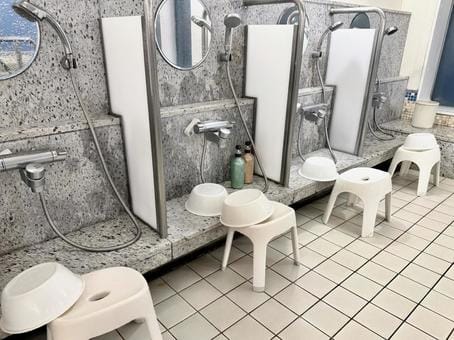
Sento have long been cherished as centers of Japanese local communities. When I was a child, the neighborhood sento was our regular after-school spot, and going there with friends was part of my daily routine. I still fondly remember those times.
The appeal of sento lies in their accessibility and warm atmosphere. Typical facilities include spacious washing areas, large bathtubs, and in many cases, saunas.
I particularly love the unique interior decoration of sento. Many feature murals of Mount Fuji, and bathing while looking at these impressive paintings is truly special.
The affordable price is another major attraction of sento. Usually costing less than 1,000 yen, they're accessible for daily use.
However, recently, due to rising utility costs, the number of sento has been declining. I feel sad watching long-established sento in my hometown closing one after another.
Still, sento have irreplaceable charm. The interaction with local people, the leisurely flow of time, and the sensation of warming up from your core - these provide precious moments of healing in our busy modern lives.
Super Sento
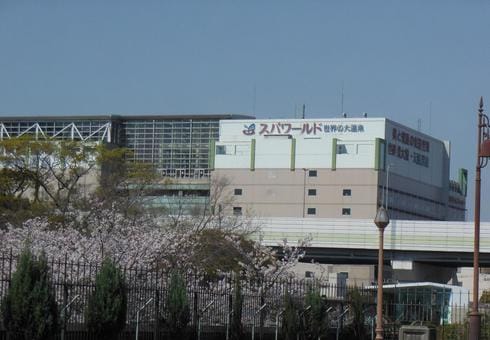
Super sento greatly expand on the traditional sento concept. I remember being amazed by the scale and comprehensive facilities when I first visited a super sento.
The hallmark of super sento is their diverse bathing options. You can enjoy various types of baths including jet baths, open-air baths, and stone saunas.
My favorite is the seasonal open-air bath. In summer, you can enjoy the cool evening breeze, while in winter, you can experience snow-viewing baths.
The appeal of super sento extends beyond bathing. Many facilities offer dining areas, massage services, and rest areas.
I often spend entire days at super sento with friends. After bathing, we leisurely enjoy meals, get massages to relax our muscles, and read books in the rest area. It's a luxurious way to spend time.
Natural Onsen
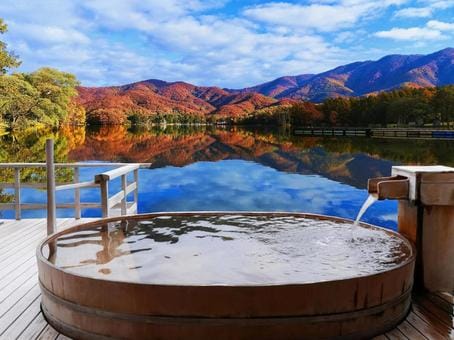
Natural onsen hold a special place in Japanese bathing culture.
I still vividly remember my first time experiencing a genuine natural onsen. The unique scent, the texture on my skin, and the sensation of warmth penetrating to my core were truly exceptional experiences that can't be found elsewhere.
Natural onsen have a clear definition established by law. According to the Hot Springs Law, "onsen" refers to hot water, mineral water, steam, or other gases that spring from the ground and meet certain temperature or component criteria. This definition ensures the value of the term "onsen."
One of the attractions of onsen is their diverse water types. There are various kinds including sulfur springs, carbonated springs, and chloride springs, each with different therapeutic properties.
There are many ways to enjoy onsen. Day-trip facilities offer convenient access to authentic onsen experiences. Meanwhile, staying at an onsen ryokan provides a more luxurious experience. I go on onsen trips several times a year, and the luxury of soaking in the hot springs while enjoying a leisurely pace is truly special.
Sento and Onsen Etiquette and Bathing Methods
Understanding proper etiquette and bathing methods is crucial for enjoying Japanese sento and onsen.
Here, I'll introduce basic manners and bathing methods, incorporating my own experiences.
Pre-bath Preparation
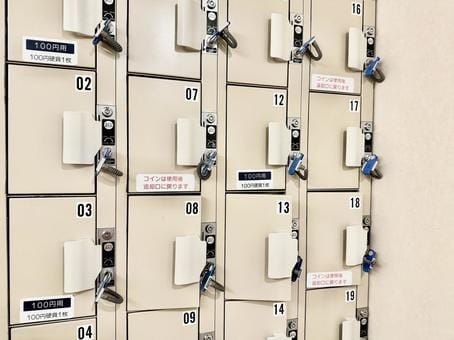
First, when entering the facility, remove your shoes and store them in the shoe lockers. This is part of Japanese culture, where it's common to remove shoes indoors. I remember when I took my foreign friends to a sento, they were surprised by this custom.
Next, undress in the changing room. It's important to note that you should never enter the bath without washing your body first. This is a fundamental principle of Japanese bathing culture. I remember being scolded by my father when I was a child for trying to jump into the bath immediately out of excitement.
Don't forget to prepare your towels. I recommend bringing two towels: a large one for drying off and a small one for use while bathing. Many facilities offer towel rentals.
Bathing Area Etiquette

Etiquette in the bathing area is based on consideration for other users. First, thoroughly wash your body before entering the bath.
How you handle your towel when entering the bath is also important. You can place the small towel on your head or on the edge of the bath, but never put it in the bath water. This is to keep the bath water clean.
Special Situation Guidelines
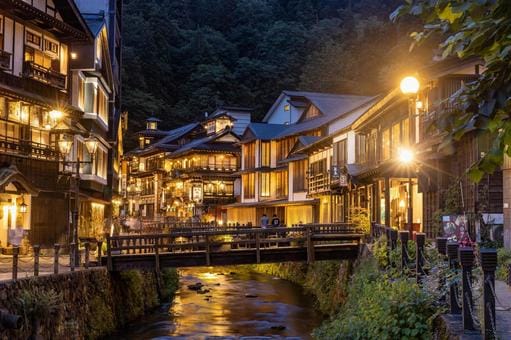
Additional precautions are necessary in special situations.
For example, if you have tattoos, it's best to check with the facility in advance. In Japan, there's still a tendency to view tattoos negatively. When my foreign friend was denied entry due to tattoos, they were able to use adhesive covers to enter the bath instead.
Special consideration is also needed when bathing with children. Make sure children don't make too much noise or run around.
It's wise to avoid bathing when feeling unwell. In particular, bathing after drinking alcohol is dangerous. I once felt sick after entering an onsen after drinking when I was younger.
By following these manners and precautions, everyone can enjoy sento and onsen comfortably.
I believe Japanese bathing culture is a manifestation of consideration for others and dedication to cleanliness. I hope you'll experience Japan's wonderful bathing culture while keeping these manners in mind.
Popular Onsen Locations in Japan
Japan has many wonderful onsen locations, but here I'll introduce some particularly popular ones.
Hakone
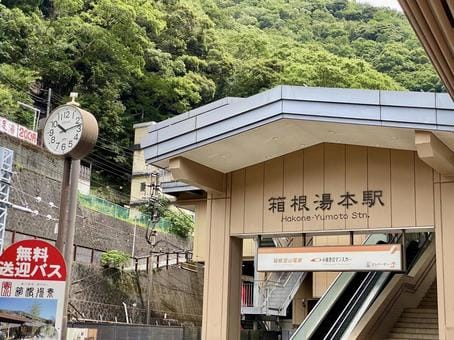
Hakone is a popular onsen resort known for its easy access from Tokyo. It was my first onsen trip destination when I was a student.
The main attraction of Hakone is undoubtedly the view of Mount Fuji and its rich nature. The sight of Mount Fuji from an open-air bath on a clear day is breathtaking - truly a spectacular view.
I make it a tradition to visit Hakone every year during autumn, and bathing while viewing the mountains painted in fall colors is exceptional.
Also, Hakone has Owakudani, a volcanic tourist site. Here, you can observe active volcanic activity up close. Eating the "black eggs" - eggs boiled in the hot springs - is a unique Hakone experience.
Kusatsu
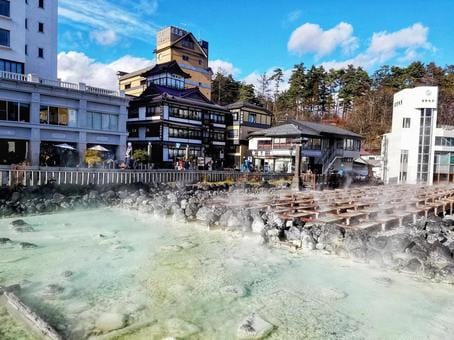
Kusatsu Onsen in Gunma Prefecture is one of Japan's most representative onsen resorts.
The Yubatake, which symbolizes Kusatsu, is where hot spring water surfaces, and its view is impressive. The steam rising from the Yubatake and the surrounding onsen town create a mysterious charm, as if time has stopped.
At night, the Yubatake is illuminated, creating a fantastical atmosphere. Every time I visit, I relax and forget daily stress while gazing at the nighttime Yubatake.
Kusatsu also offers scenic natural views throughout the seasons. I particularly love Kusatsu in winter - the open-air baths surrounded by snow scenery are exceptional. In summer, it's popular as a cool retreat from the heat.
Beppu
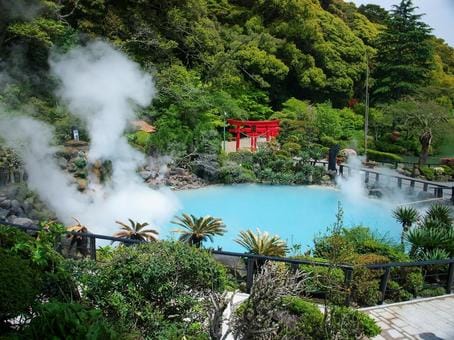
Beppu Onsen in Oita Prefecture boasts the highest number of hot spring sources and water output in Japan. When I visited Beppu, I was overwhelmed by its scale and diversity.
One of Beppu's features is the "Hell Tour." This is a tour of colorful hot springs and steam vents that resemble scenes from hell, hence the name.
Beppu's appeal isn't limited to onsen - the local cuisine is also excellent. I believe the combination of hot springs and fine dining is one of the true pleasures of traveling.
Dogo Onsen
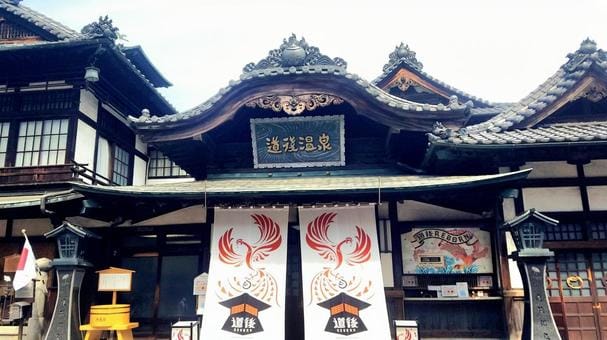
Dogo Onsen in Matsuyama City, Ehime Prefecture, is known as Japan's oldest onsen.
The Dogo Onsen Honkan, which symbolizes Dogo Onsen, captivates many with its architectural beauty. Built in 1894, this three-story wooden building still operates as an active onsen facility.
One of Dogo Onsen's attractions is its variety of foot bath spots. You can casually enjoy foot baths while walking through the onsen town.
Frequently Asked Questions About Onsen and Sento
I often receive questions from people visiting onsen or sento for the first time. Here, I'll address common questions I've experienced firsthand and frequently hear from my friends.
What Do I Need for My First Visit to a Sento or Onsen?
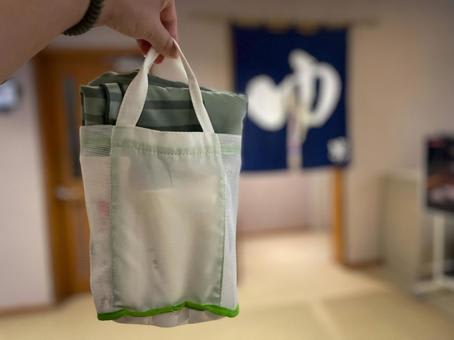
I understand that people might wonder what to bring when visiting a sento or onsen for the first time. Here are the basic necessities:
First, towels are most important. I recommend bringing two towels: a large bath towel for drying off and a smaller face towel for use in the bath. Most facilities offer towel rentals.
Shampoo and body soap might not be provided, but they're usually available for purchase at the facility.
Don't forget a change of clothes. Remember to bring underwear and clothes for going out.
I also recommend bringing drinks to prevent dehydration after bathing, especially in summer. I always bring sports drinks to sip slowly after my bath.
What is a Mixed-Gender Bath (“Konyoku”)?
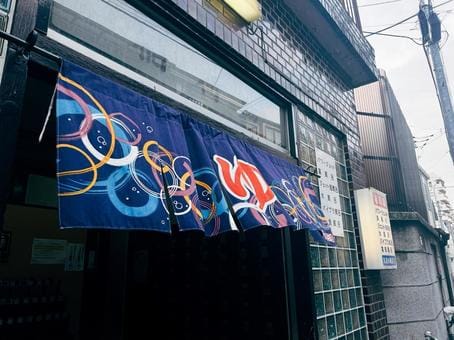
You might be surprised to hear about mixed-gender baths (“konyoku” in Japanese). As a Japanese person, I was hesitant at first, but it's important to understand this as one form of Japanese onsen culture.
Mixed-gender baths (konyoku) are facilities where men and women can bathe together. While they were once common throughout Japan, their numbers have decreased in recent years.
The style of mixed-gender bathing has evolved recently. Many places now require swimsuits, making the experience more accessible to a wider range of people.
Bathing etiquette is particularly important in mixed-gender baths. You need to be mindful of your gaze and behavior to avoid making other bathers uncomfortable.
Are There People Who Cannot Use Onsen?
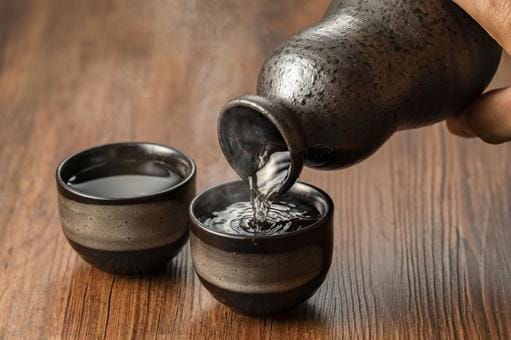
While onsen are healing places for many people, there are cases where some should refrain from bathing due to health reasons or specific conditions. I personally had to cancel an onsen trip once when I was sick, so I feel this point is important.
First, as mentioned earlier, people who have been drinking alcohol should not enter onsen. Alcohol dilates blood vessels and can cause sudden blood pressure changes.
People with contagious skin conditions or open wounds should also refrain from bathing out of consideration for other bathers.
Pregnant women should consult their doctors. My relative avoided onsen during pregnancy following her doctor's instructions.
People with severe heart conditions or high blood pressure should also be careful, as the heat from onsen can raise blood pressure.
If you're in any of these situations, it's wise to either avoid onsen or consult a doctor before use. To truly experience the wonderful aspects of onsen, it's important to first understand your health condition and enjoy safely.
For us Japanese people, sento and onsen are essential parts of daily life, playing important roles as places for physical and mental refreshment and social interaction.
I hope this article encourages you to try Japanese sento and onsen!
